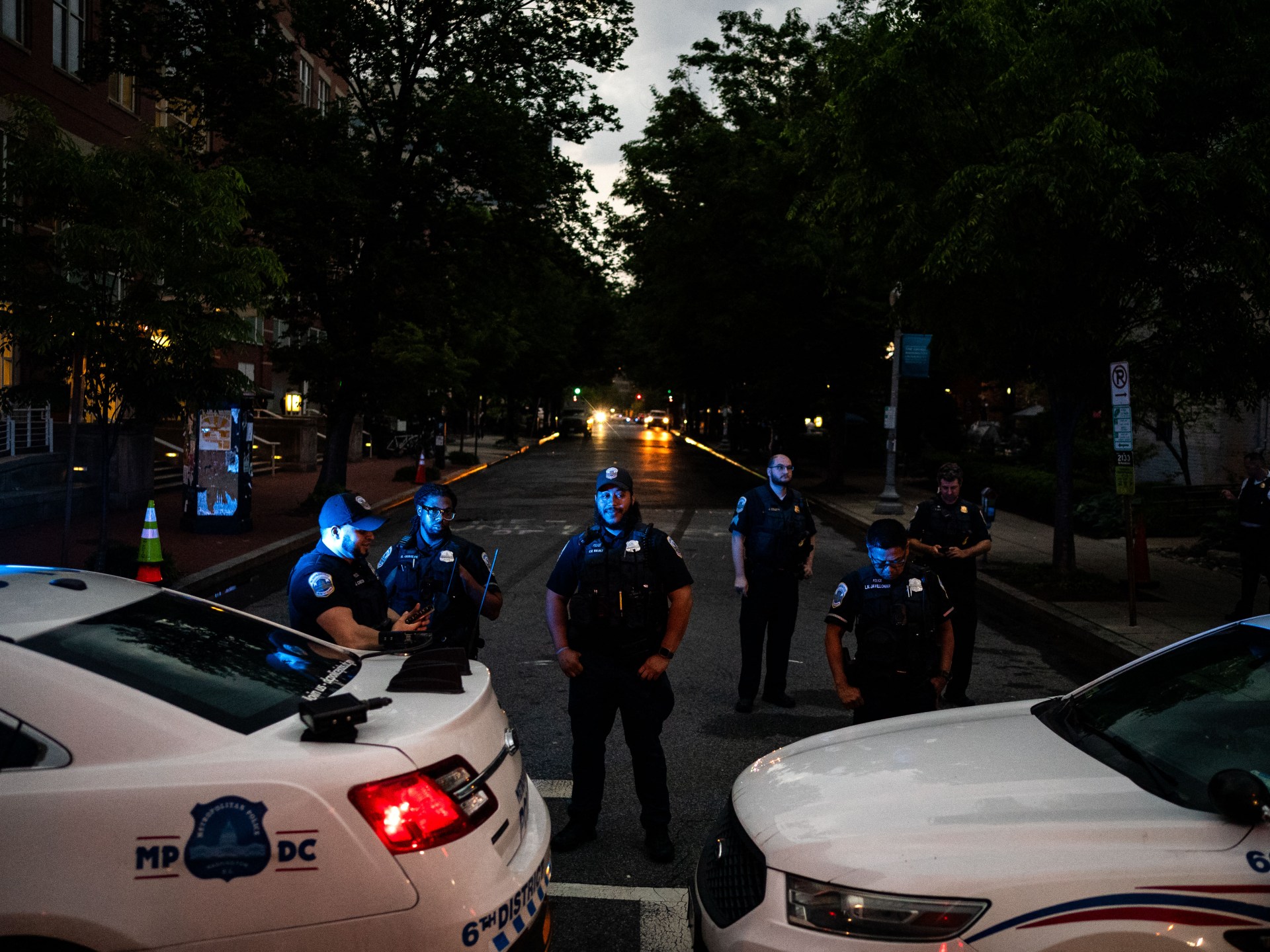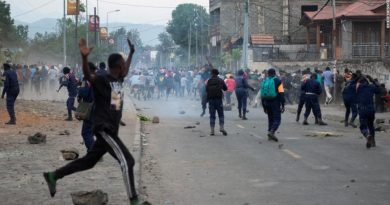Left unchecked, Lebanon’s displacement crisis could tear the country apart
Lebanon faces a threat just as destructive as the bombs raining down on its cities: a displacement crisis that risks tearing the country apart from within. Communities are stretched to their limits, and the fractures running through Lebanese society are widening by the day. If this continues unchecked, the implosion could be more devastating than the war itself.
Over a million people fled their homes in the first 72 hours of Israeli bombardments. The exodus was swift and chaotic, leaving families lost and unsure where to turn. It didn’t take long for a pattern to emerge – people fled to “safer” areas – but that is where the order ended. Only about 190,000 of the estimated 1.2 million displaced found their way to organised shelters. The majority of people are now out of sight, staying in informal accommodations, renting out homes at hyperinflated prices, squatting in empty homes and high-rises, or crammed into the homes of friends and relatives. This invisible population complicates an already overwhelmed response.
The government has rolled out basic structures within emergency shelters and is starting to designate focal points to manage aid distribution. Ordinary Lebanese have offered their homes and offices, and restaurants are giving out free meals. But solidarity is not nearly enough.
Fear, distrust, and rising tensions
Fear and sectarian distrust are now unravelling Lebanon’s fragile social fabric, threatening its stability. Communities in Christian and Druze-majority areas, fearing that hosting displaced families from Hezbollah-linked regions will drag them into the conflict, are increasingly hesitant to open their doors. Recent reports of Israel targeting rental properties housing displaced people have cemented these fears, further discouraging the act of hosting.
This fear is greater than just an individual reaction; it is also driving policy decisions. Some municipalities have already declared it too dangerous to host internally displaced persons (IDPs) due to fears Israel will target them. Indeed, earlier this week, an Israeli attack levelled a three-story building in the northern Christian-majority village of Aitou, killing at least 22 people, among them 12 women and two children. The residence has been recently rented out to a family displaced from the south, and the UN has called for an investigation.
This shift in displacement patterns threatens to tear at Lebanon’s fragile sectarian balance, and it is the most vulnerable – the displaced themselves – who will pay the highest price.
Opportunism is fanning the flames
The government’s response has been patchy. An emergency plan provides a barebones framework, but the reality on the ground is desperate. Solutions like prefab shelters and repurposing government-owned buildings, including those under the control of Lebanon’s central bank, have been proposed but remain mostly talk. Vested interests, particularly in the banking sector and among politicians, are reluctant to consider any buildings other than schools. They have their sights set on central bank properties (instead of their own assets) to compensate depositors who lost savings in the financial crisis they caused. Such opportunism smacks of blatant disregard for a population already suffering from years of economic hardship, now compounded by the worst conflict since the 1975-1990 Civil War.
Instead of dithering, action must be taken in the short term to expand public shelter capacity and relieve schools using every available resource – prefab shelters, government buildings, cash assistance, whatever can be mobilised.
The government’s Disaster Risk Management (DRM) unit has made progress in training people to become shelter focal points and manage collective shelters, but the invisible population – the vast majority outside the formal system who cannot take advantage of these shelters – cannot be ignored. If Lebanon’s response doesn’t account for these people, it will collapse once the state’s money or the hospitality they rely on runs out—both of which are rapidly dwindling.
In the medium term, a government-backed rental scheme with rent controls needs to be implemented to protect both landlords and displaced families. The scheme should aim to move from private property solutions to a public housing solution in the fastest time possible, allowing the government some time to repurpose the state-owned properties, house the displaced and, eventually, return children to school.
Avoiding civil conflict
If this crisis has made anything clear, Lebanon’s long-term housing policy needs a major overhaul. The government must tackle structural problems in the property market by regulating prices and taxing vacant properties, which account for an estimated 20 percent of housing stock. Lebanon cannot afford to let speculation keep driving housing out of reach for those most in need. The displaced – whether Lebanese, Syrian, or any other marginalised group – must have legal protections against forced evictions, and the government must guarantee them access to basic services like water, electricity, and sanitation.
By embedding these principles into an emergency housing strategy, Lebanon can start to address the new fractures in its social fabric. The alternative is to allow fear, suspicion, and market forces to dominate, recreating the very conditions that fuelled Lebanon’s descent into civil war decades ago.
The views expressed in this article are the author’s own and do not necessarily reflect Al Jazeera’s editorial stance.




